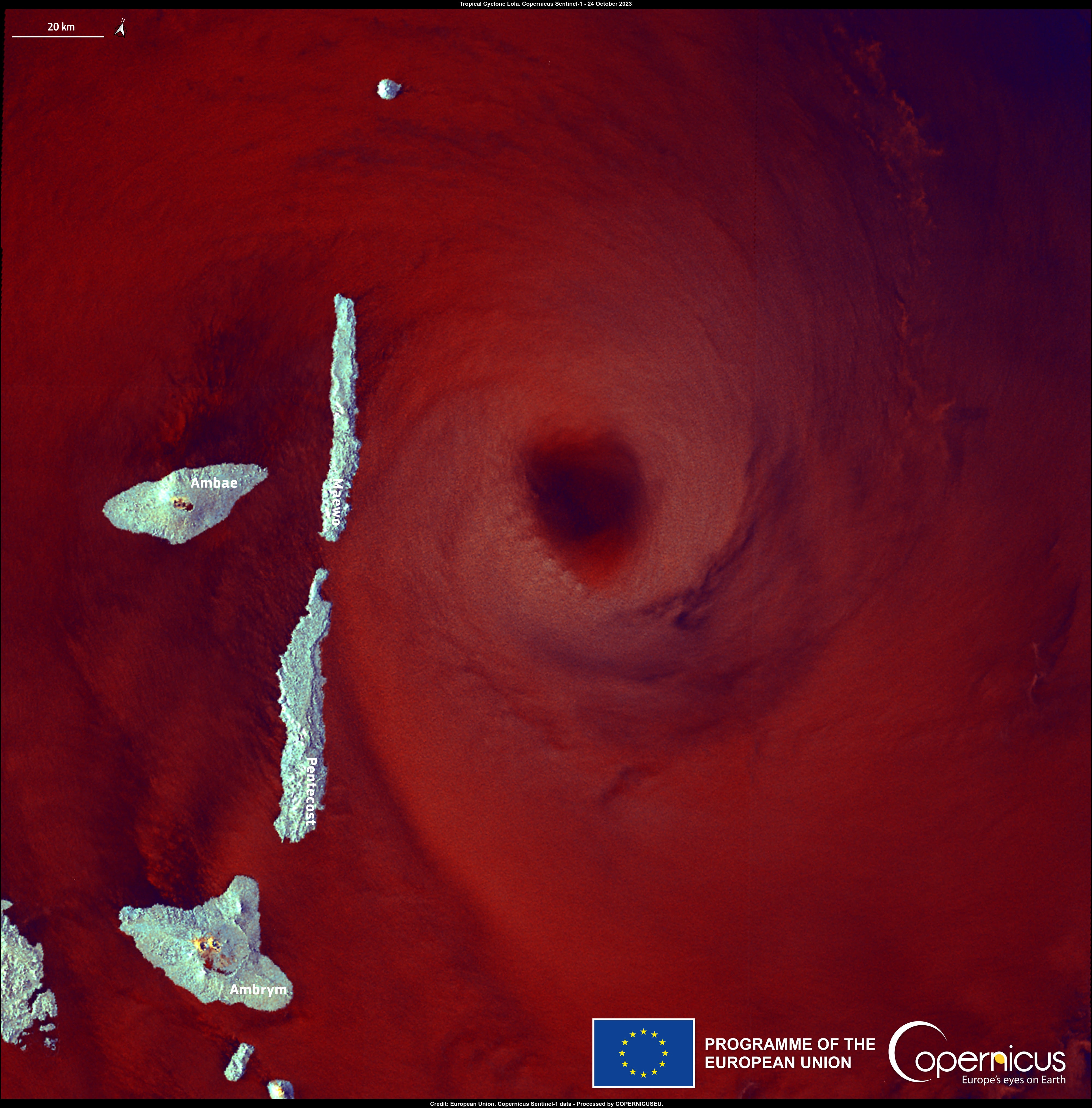Cyclone Lola: Vanuatu devastated by earliest Category 5 storm ever recorded in southern hemisphere
Lola sends ‘early warning shot’ for this cyclone season with more storms likely

Vanuatu was devastated by the “out of season” Category 5 Cyclone Lola which wreaked havoc this week, leaving a trail of destruction in its wake.
This exceptionally early and powerful cyclone – the earliest Category 5 system ever recorded in the southern hemisphere – struck the Pacific archipelago between 24-25 October, bringing relentless heavy rainfall, ferocious winds, and devastating storm surges.
Lola made landfall on Vanuatu’s northern island late on Tuesday.
Category 5 cyclones are generally seen in December, at the peak of the cyclone season in the southern hemisphere. However, out-of-season Cyclone Lola intensified with gusts up to 295kph on Tuesday – enough to meet the threshold of the highest cyclone category of five.
Previously, the earliest Category 5 system recorded was twice on a December 5 – both by Australian cyclones Joan in 1975 and Graham in 1991.
Houses, schools, infrastructure, plantations, and roads have been extensively damaged, rendering some of the most affected communities inaccessible to outside assistance, charities present in the island said.
Particularly hard-hit were the northern provinces of the country, where the destructive force of Category 5 winds left communities reeling from the compounded impact of Lola, Judy, and Kevin, marking the third cyclone to strike the country within a span of seven months.
“From the information we have gathered, we believe some communities have suffered more damage than from Cyclone Harold in 2020, which was also a Category 5,” Vanuatu Red Cross Society’s secretary general Dickinson Tevi said.
“The only difference is that Lola was very slow-moving – which meant more destruction in some places.”
Cyclones, hurricanes and typhoons are intensifying more rapidly in recent years due to warmer ocean waters, scientists say. The majority of the carbon pollution from planet-heating fossil fuels is absorbed by the oceans, making them hotter, which creates an ideal environment for storms.
Vanuatu and its neighbouring regions, one of the most disaster-prone areas in the world, are now bracing for a potentially challenging cyclone season due to a strong El Nino.
“One of our greatest concerns, however, is that Cyclone Lola, an out-of-season Category 5 nightmare for the communities of Northern Vanuatu – has just sent an ‘Early Warning’ shot for this cyclone season to the country and its neighbours in the Blue Pacific,” says Katie Greenwood, head of the IFRC Pacific Office,
“This season will likely have an above-average number of severe tropical cyclones due to the heightened ferocity that can come with a forecasted “strong” El Nino event. We are all on notice to prepare for what may lie ahead.”
Subscribe to Independent Premium to bookmark this article
Want to bookmark your favourite articles and stories to read or reference later? Start your Independent Premium subscription today.

Join our commenting forum
Join thought-provoking conversations, follow other Independent readers and see their replies